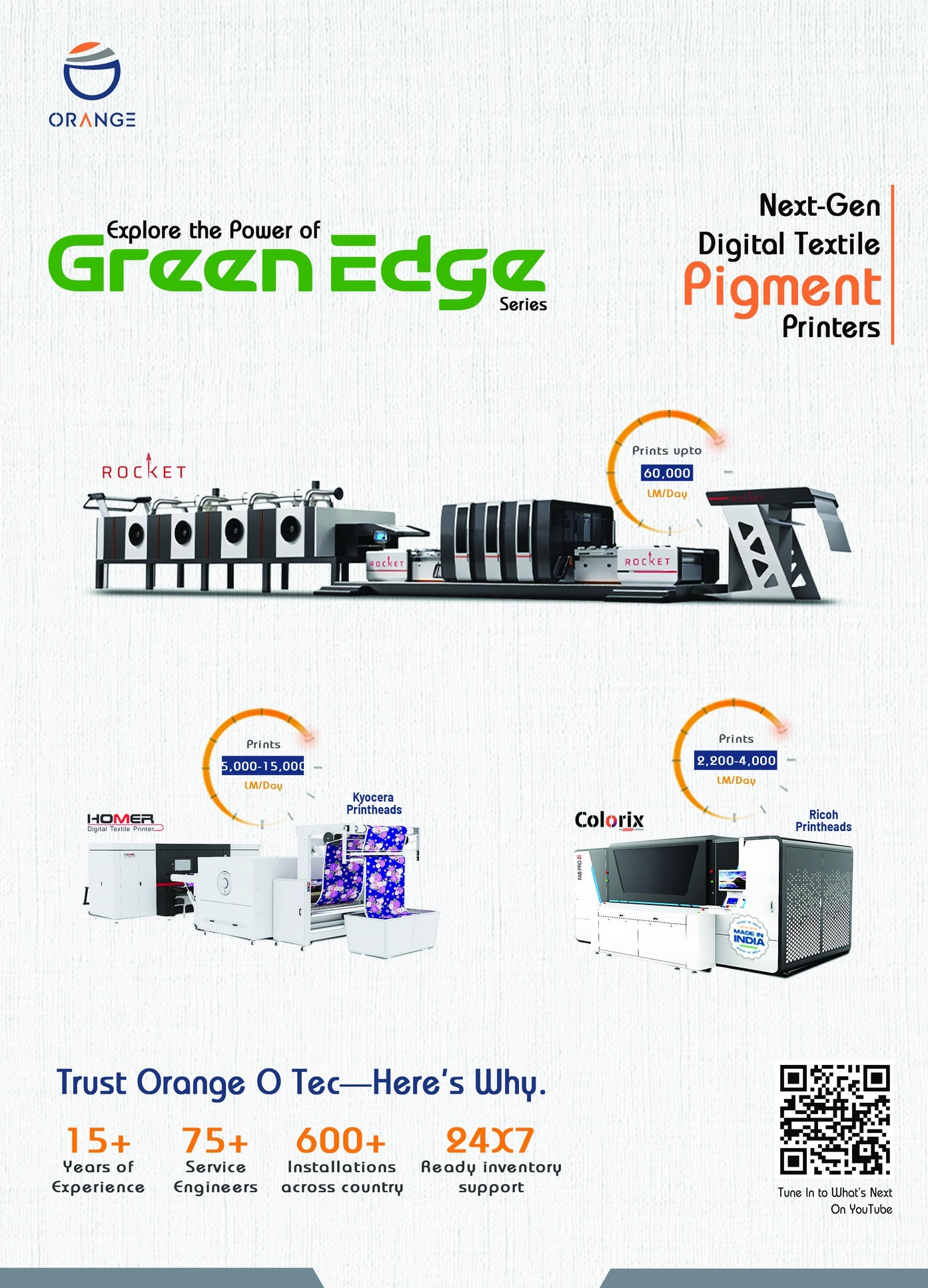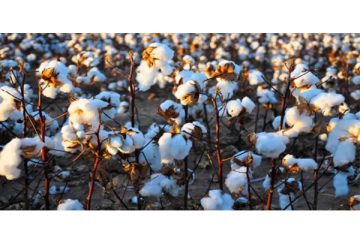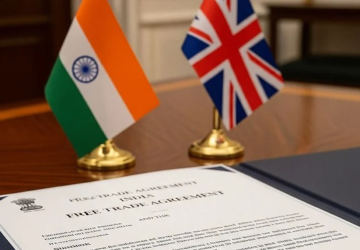
Apparel and home textiles—highly price-sensitive and labour-intensive—sit quietly in the radius. India cannot afford missteps: textiles employ over 45Mn people directly and account for a meaningful slice of merchandise exports.
What changed—and why it matters
As of August 27, 2025, U.S. tariffs on many Indian goods jumped to as high as 50%, with apparel, made-ups and allied categories among the affected lines. For products where margins are thin and competition is global, the math is unforgiving: a mid-double-digit cost penalty can erase an entire season’s viability for U.S. orders. Early industry commentary expects order deferrals, urgent re-quoting, and partial shifts to other destinations while buyers wait for policy clarity.
The macro context amplifies the risk. As per reports by PIB, Textiles and apparel (including handicrafts) contribute over 8% of India’s total exports in value terms, and the U.S. and EU together absorb roughly 47% of sectoral shipments. A tariff wall at one of the two largest destinations therefore has outsized effects on factory utilisation, seasonal hiring, and cluster-level cash flows.
The near-term policy backstop: cheaper cotton inputs
New Delhi has moved quickly on raw material relief. The government exempted customs duty on raw cotton (HS 5201) with effect from 19 August 2025 to 30 September 2025, and then extended the exemption through 31 December 2025. Removing the typical 11% duty is meant to blunt input costs for spinning and downstream units precisely when exporters must reprice for tougher markets. For mills that rely on imported staples or blends, the measure can shave cents off yarn costs and keep lines running while U.S. demand resets.
What companies can control now
For U.S. programmes that must ship, agree short validity windows and automatic re-openers if landed duties shift again. Where possible, lean on value-added packs and speed-to-shelf (shorter lead-time orders) to preserve contribution even at lower unit margins. Push volume into tariff-neutral or lower-duty destinations and deepen existing relationships in geographies where India already has traction. In parallel, keep U.S. dialogues warm with test orders and capsule drops rather than complete exits; the objective is to stay visible in assortments until conditions improve. When price gaps widen, buyers prioritise partners who derisk quality, ethical sourcing and on-time performance. Clean audit trails, digital test reports, and confirmed material origins help retain programmes even when competitors undercut on price.
Employment and clusters: protect the base
India’s textile economy stretches from ginning yards to high-street brands, with MSMEs anchoring much of the cut-and-sew capacity. Maintaining utilisation in large hubs during a tariff shock protects livelihoods far beyond factory gates—especially women workers and first-time entrants into formal employment. Policymakers’ emphasis on job intensity is well-founded: textiles are consistently cited as second only to agriculture in direct employment. Targeted working-capital support for export-linked MSMEs, faster GST refunds, and predictable power tariffs can reduce layoffs and preserve know-how while order books adjust.
Read the demand signals—and adapt products
U.S. retailers under tariff pressure often rebalance their assortments: fewer basics on long leads, more fashion-forward capsules, tighter depth, and a premium on reliability. Indian suppliers can respond with shorter runs, open-width dyeing/printing that speeds turnaround, and pre-approved trim libraries that remove approval loops. On the home-textiles side, pivot to fibre-blend innovations (e.g., cotton-rich with MMF performance) and sustainability claims that are independently verifiable; these help justify higher shelf prices even when duties bite.
A realistic path through 2025
The tariff spike is a real earnings hit. But it is also a forcing function to upgrade product mix, drive cost discipline, and anchor capacity in the parts of the value chain where India can command a premium. Government moves to ease raw-material costs (cotton duty relief) and crowd in investment (PLI for MMF and technical textiles) are the right first steps; industry’s job is to convert them into lower conversion costs and faster lead times. Early-year data show the sector’s ability to grow even in choppy markets; sustaining that resilience now requires tight execution and coordinated policy support.
India’s textile story has endured quota regimes, currency swings, and pandemic shocks. A 50% tariff wall will test the system again, but it need not define the sector’s trajectory. With surgical relief on inputs, smart use of existing export incentives, and a clear push into higher-value MMF and technical categories, the industry can protect jobs, keep capacity warm, and emerge leaner—and more competitive—when the dust settles.
















